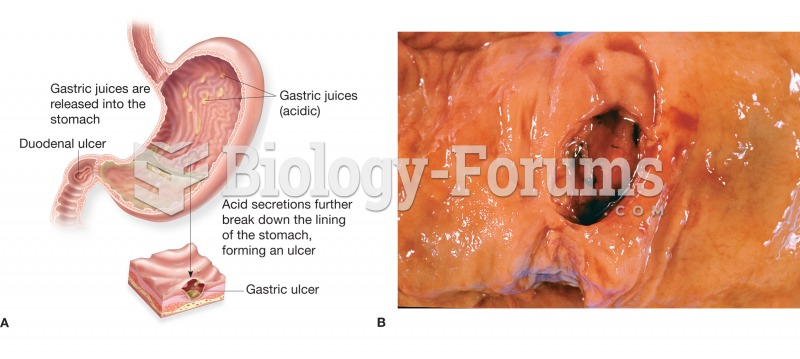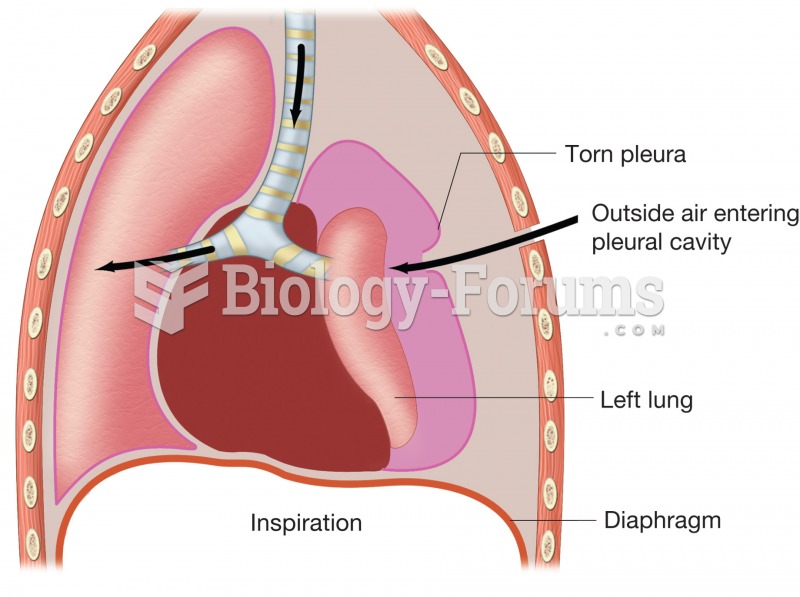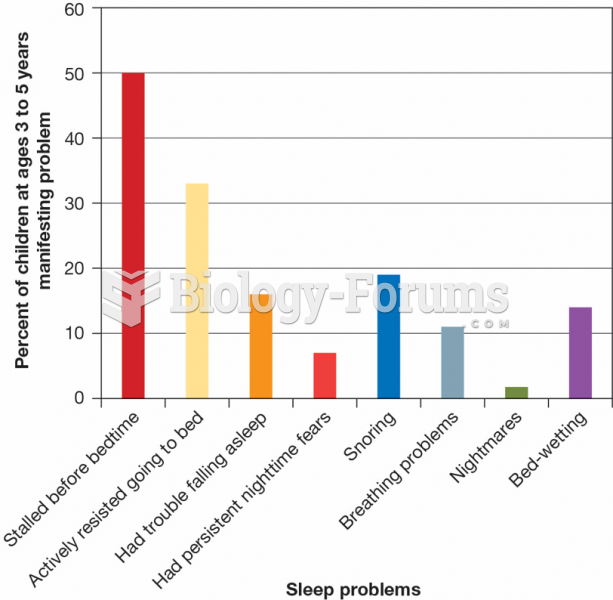|
|
|
It is believed that the Incas used anesthesia. Evidence supports the theory that shamans chewed cocoa leaves and drilled holes into the heads of patients (letting evil spirits escape), spitting into the wounds they made. The mixture of cocaine, saliva, and resin numbed the site enough to allow hours of drilling.
Barbituric acid, the base material of barbiturates, was first synthesized in 1863 by Adolph von Bayer. His company later went on to synthesize aspirin for the first time, and Bayer aspirin is still a popular brand today.
Eat fiber! A diet high in fiber can help lower cholesterol levels by as much as 10%.
The term pharmacology is derived from the Greek words pharmakon("claim, medicine, poison, or remedy") and logos ("study").
Bacteria have flourished on the earth for over three billion years. They were the first life forms on the planet.
 (A) Figure illustrating the location and appearance of a peptic ulcer in both the stomach and the du
(A) Figure illustrating the location and appearance of a peptic ulcer in both the stomach and the du
 Pneumothorax. Figure illustrates how puncture of thoracic wall and tearing of pleural membrane allow
Pneumothorax. Figure illustrates how puncture of thoracic wall and tearing of pleural membrane allow





